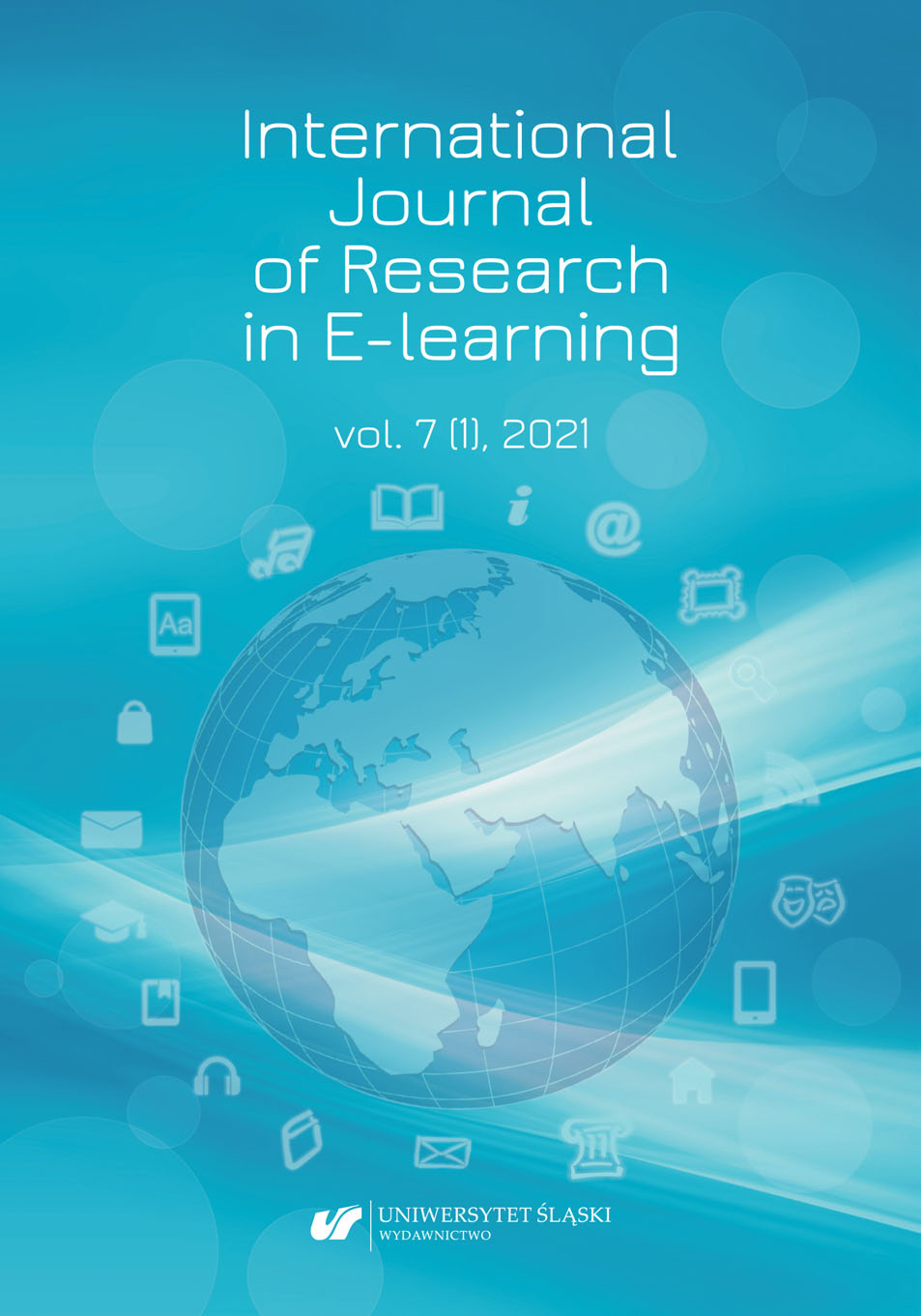

 https://doi.org/10.31261/IJREL.2021.7.1.09
https://doi.org/10.31261/IJREL.2021.7.1.09
The ongoing SARS-CoV-2 pandemic has significantly affected the education process of young people in primary, secondary, and tertiary education, as well as those who improve their competences through various courses and trainings. The practically incessant lockdown in education has resulted in a situation in which distance learning, which most often plays a supplementary role, now constitutes the basic form of education. This situation has forced the selection and adaptation of the available e-learning tools to the types of classes and levels of education. Despite great progress in the development of e-learning technologies, constant stimulation and maintenance of students’ interest in the content presented and monitoring their activity still pose a problem, which also concerns the education of computer science students in issues related to computer graphics. Currently, the preferred model of distance learning is based on various technologies and IT tools that enable the implementation of synchronous and asynchronous work. Prompt
acquisition of data on students’ activity allows trainers to adjust the form and content of the presented material to their expectations. It also makes it possible to identify issues that pose great difficulties to students. This paper discusses modern solutions and trends in designing e-learning courses based on the new interactive e-learning platform Quizer. The aim of the research is to determine the course effectiveness using the user activity-monitoring module designed and implemented for the Quizer e-learning platform. The correctness of the answers correlates with the number of attempts to answer it (−0.65). The time devoted to a given question was usually high for questions with low correctness of answers.
Download files
Citation rules

Vol. 7 No. 1 (2021)
Published: 2021-11-24